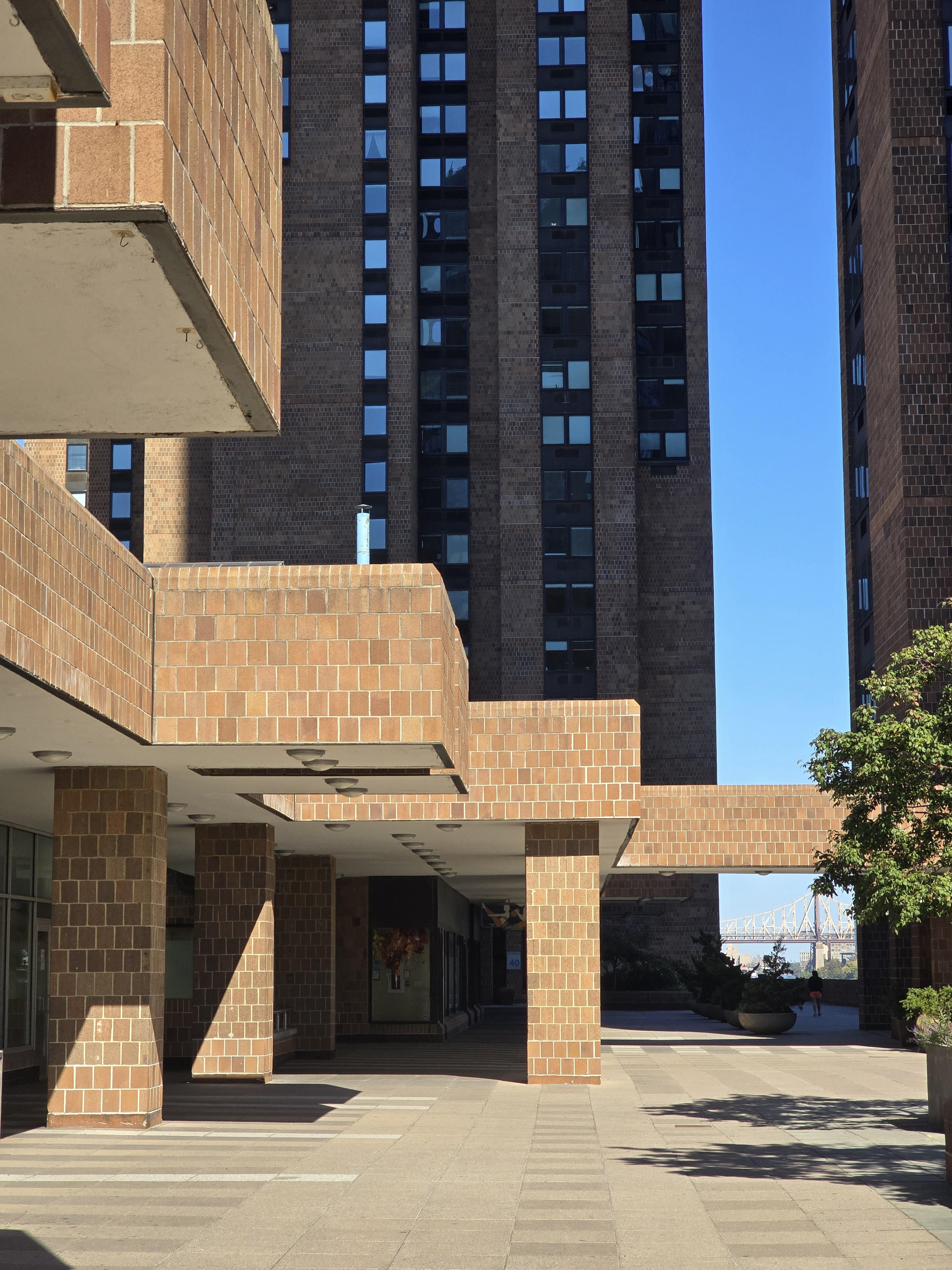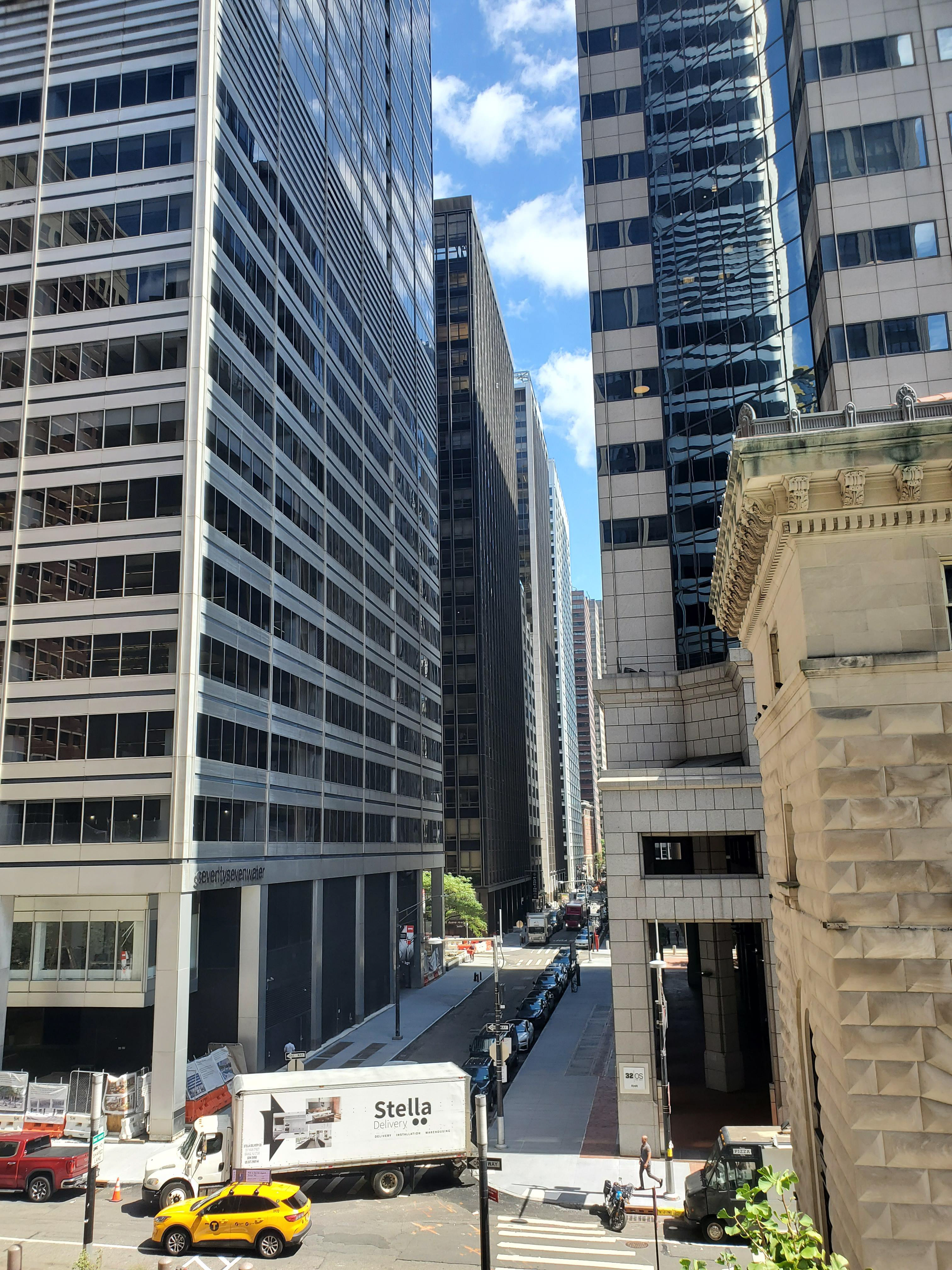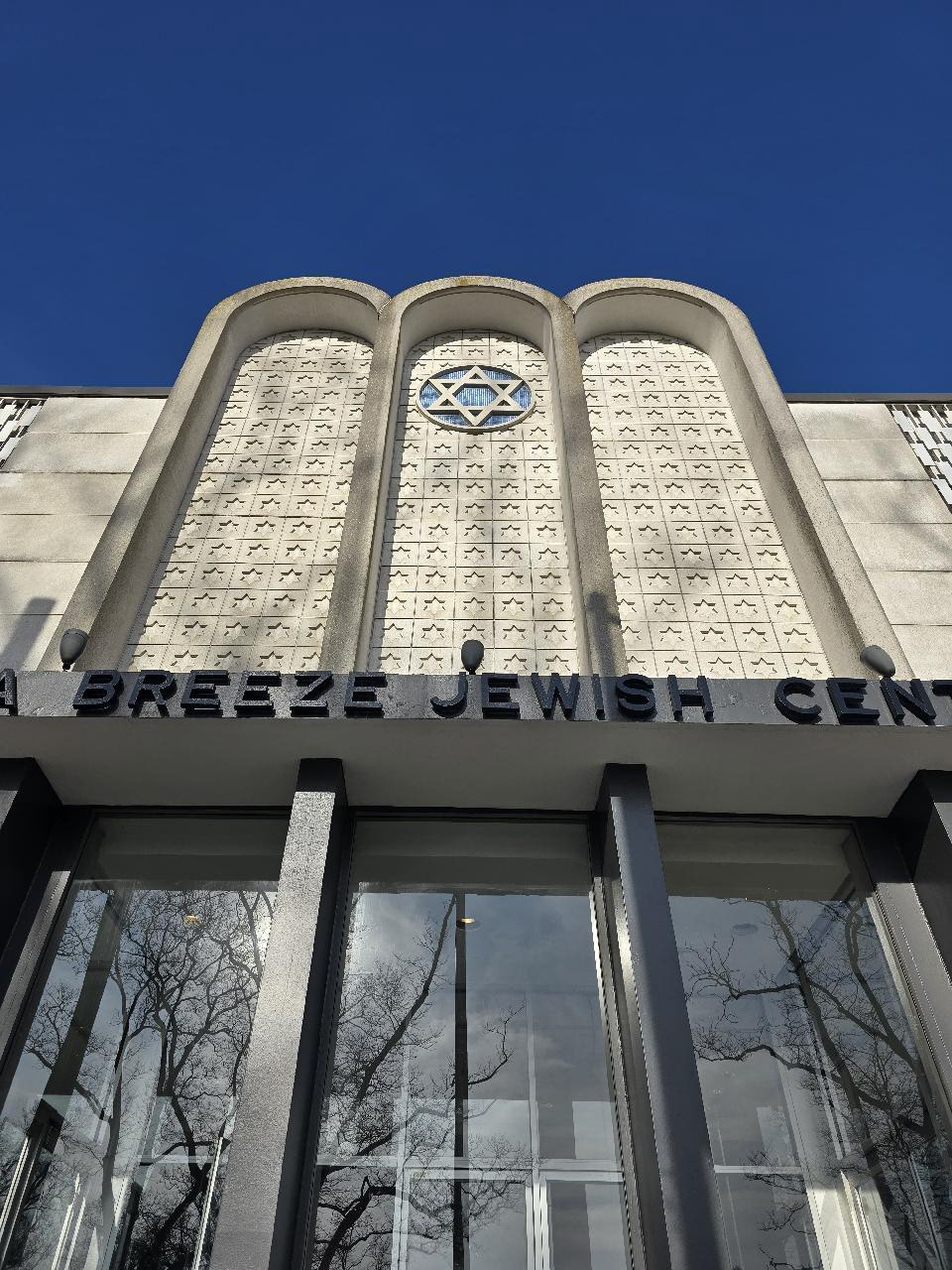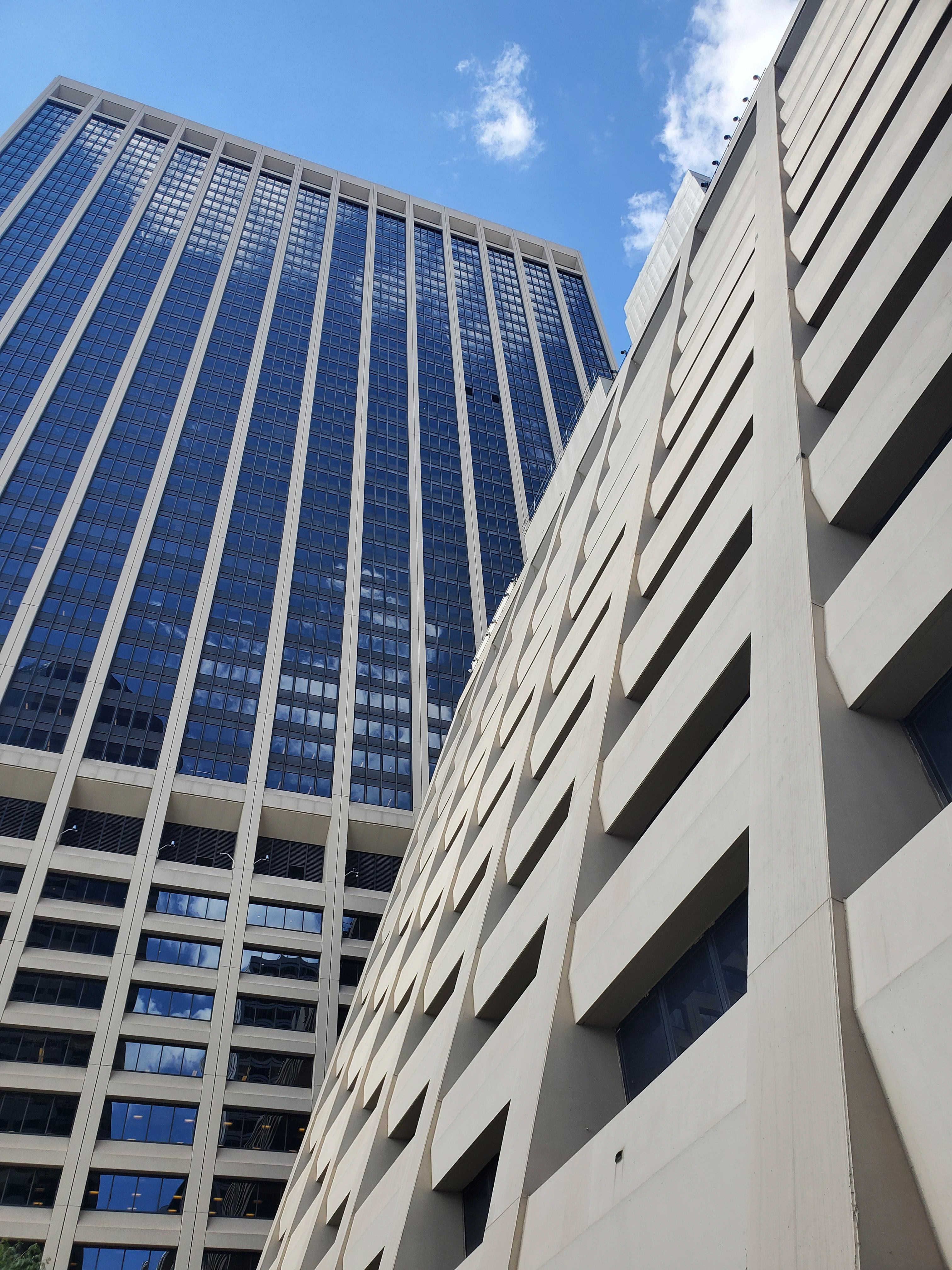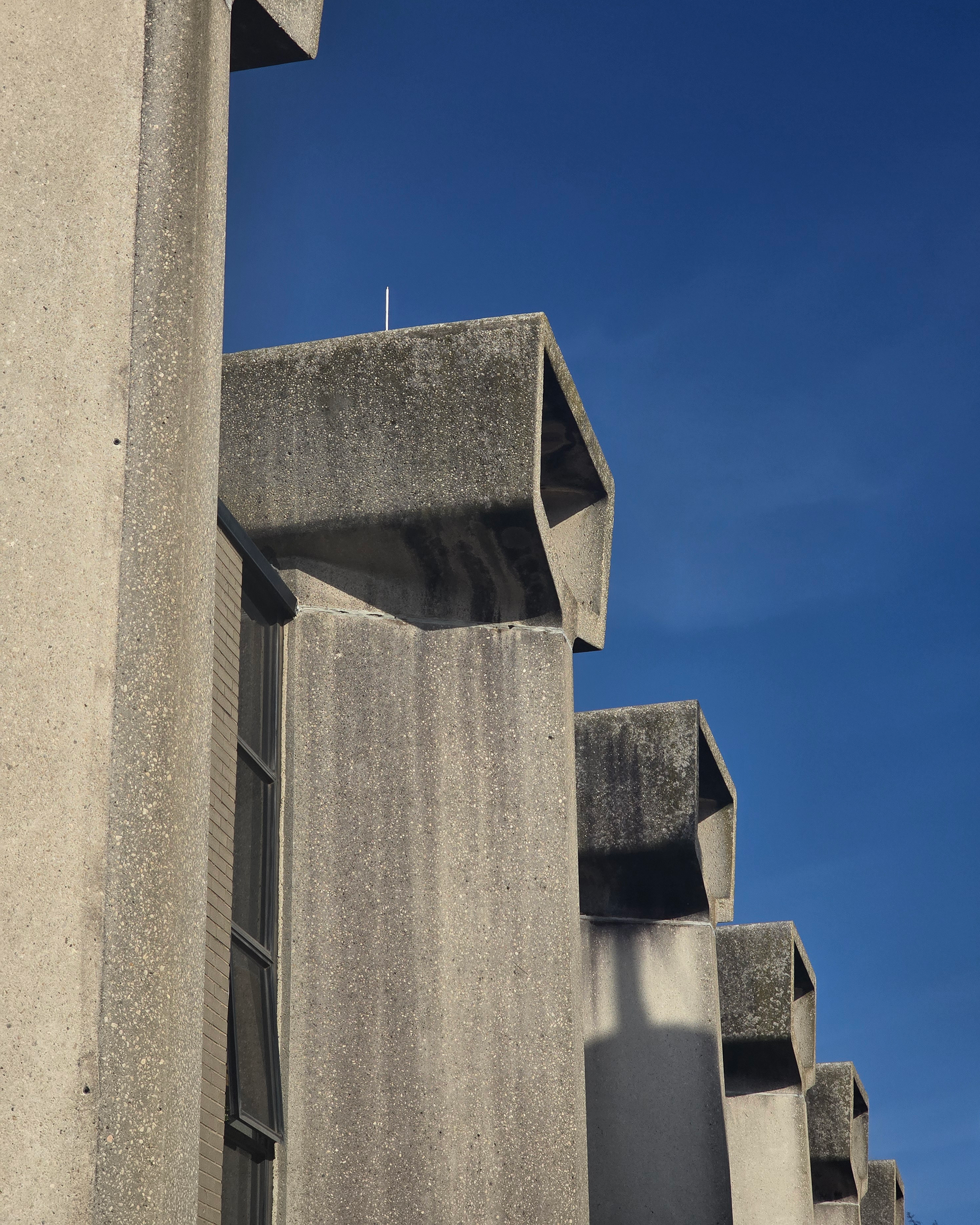Ethan was one of two consultants hired by the New York City Landmarks Preservation Commission in 2024 to conduct a reconnaissance level historic resources survey of New York City’s Special Flood Hazard Area, commonly known as the 100-year floodplain. This effort was undertaken in collaboration with New York City Emergency Management and the Federal Emergency Management Agency as part of a multi-year Flood Hazard Mitigation Grant focused on identifying historic resources and age-eligible properties that may meet the criteria for inclusion in the State and/or National Registers of Historic Places.
The survey consisted of 6,407 properties identified as newly age-eligible, having been built between 1963 and 1975, within New York City’s 100-year floodplain. Surveyors also had discretion to add properties that piqued their interest or appeared to merit reevaluation, despite being built before the survey’s date range.
The project report includes a historic context examining a critical period of urban transformation in New York City between 1963 and 1975, when a confluence of forces — new zoning and land use policies, sweeping social and cultural changes, demographic and economic restructuring, evolving urban planning and architecture ideologies, and rising environmental awareness — dramatically reshaped the city. The city’s waterfront emerged as a particularly dynamic zone of transformation during this period. Once a hub of industrial maritime activity, the waterfront had fallen into decline as containerization, trucking, and automobile transport diminished the relevance of the city’s waterways as primary conduits for shipping and commerce.
This landscape of industrial dereliction simultaneously presented an opportunity: cheap land and growing public interest in waterfront access spurred innovative efforts to reimagine the waterfront for residential, recreational, and commercial purposes. Throughout this period of drastic transformation, some key themes that emerged include the continued auto-oriented suburbanization of the outer boroughs, ambitious land reclamation and overwater construction projects, the return of parks and recreation to the formerly industrial waterfront, the proliferation of late modern skyscrapers, and an investment in quality social housing. Each of these themes were explored in detail in the report.
k
